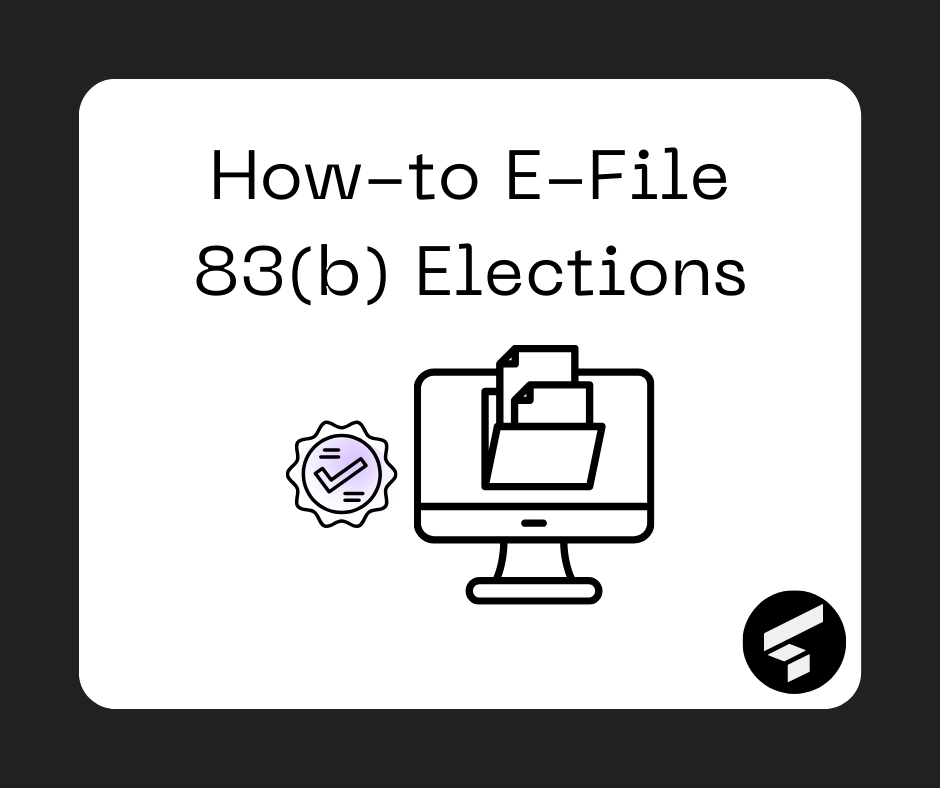10b5-1 Plan Strategies and Implementation
10b5-1 Plan Overview
A 10b5-1 plan is a trading plan available to corporate insiders to sell their company's stock in compliance with SEC Rule 10b5-1.
The process creates a predetermined trading plan to execute future trades, regardless of any subsequent non-public information that may come to their attention. The plan must be set up in good faith and not manipulated to take advantage of non-public information.
Additionally, the plan must be sufficiently specific to avoid accusations of manipulation or insider trading, so it's essential to consult with the company's (and sometimes independent) legal counsel to ensure compliance with SEC regulations.
Sample Strategies for a 10b5-1 Plan
Date-based strategy
An insider sets a specific date or range of dates in the future to execute a trade. For example, an executive might choose to sell 10,000 shares of their company's stock on the first trading day of each month for the next 12 months. The driver for this strategy could be the cadence of sales or the volume of shares sold.
- Pros
- Easy to set up and requires little ongoing maintenance, like dollar-cost-averaging out of the position.
- Ensures that sales occur. Diversification is not conditional on a certain price; once the target date is reached, sales happen at market price.
- Specific sale dates can avoid wash sales.
- Cons
- Stock price is not considered which may influence investor psychology.
- The employee is subject to a “cooling off” period of 30 to 90 days where trades cannot commence until the indicated time has elapsed since plan execution.
Price-based strategy
An insider sets a specific price or range of prices at which they will execute a trade. For example, an executive might choose to sell 5,000 shares of their company's stock if the price reaches $100, regardless of the timing. These rules can be stacked, e.g. selling another 10,000 shares at $120.
- Pros
- In situations where immediate diversification isn't imperative, price-based strategies allow the client to sell opportunistically. Price-based 10b5-1 plans are similar to open-ended upper-limit orders.
- Price-based strategies can also be useful to manage risk. The client can set a floor price when, if reached, a certain number of shares are sold in order to realize some income before a potential larger drop in price. This is similar to an open-ended lower-limit order.
- Cons
- Sales are not ensured. If price targets are never reached, the investor may not have diversified at all over the period of the plan.
- Potentially anchors the client to the wrong variables; focus is on price, not individual goals. For example, if an investor was willing to sell a fixed amount of stock at a lower-limit price, why not create a date-based order to sell at or above that price as soon as they can?
Expiring Limit Orders with Date-Based Liquidation
An insider sets limit orders for a date range that, if not triggered by price movement, will sell at market at the end of the plan.
- Pros
- Allows for the possibility of sales at higher prices while still ensuring that some diversification occurs over a given time period.
- This strategy can stack over a period of months to give the investor the chance to sell across different price points. E.g. a limit order to sell at $100 that is active for all of January, followed by a $90 limit order in February, followed by a market order that activates March 1st. This strategy increases the chances of capturing the highest possible sale price over a given period.
- Cons
- Can be complicated to implement. The investor faces a lot of decisions regarding what limit prices to choose and at what dates they expire.
- Does not ensure sales occur at the highest possible price; if the stock price nears, but never reaches, a limit, there’s a chance the investor ends up holding the stock until a market order triggers later at potentially lower prices.
Implementing a 10b5-1 plan
- Develop a Plan: Develop a 10b5-1 plan that complies with SEC regulations and best practices. The plan should minimally specify the details of the trading strategy, including the types of trades, trading frequency, and the duration of the plan. A single plan can incorporate many strategies. Ideally, plans are adopted during open trading windows after the company has reported earnings to reduce suspicions the plan was driven by knowledge of material non-public information.
- Submit Plan to Stock Plan Custodian: The insider should enter into a binding contract with a broker or financial institution to execute trades on their behalf. The contract must be in writing and must specify the details of the trading plan, including the amount and price of the securities to be traded, and the trading dates or frequency.
- Wait for the Plan to Take Effect: Once the plan has been filed with the SEC, the insider must wait for the plan to take effect. This usually takes at least 30 days, during which time the insider must not possess any material non-public information about the company.
- Execute Trades According to the Plan: Once the plan takes effect, the broker or financial institution will execute trades automatically on the investor’s behalf according to the predetermined parameters of the plan. The insider should not deviate from the plan unless there is a material change in their financial circumstances or if they possess material non-public information.
- Update YTD Gain/Loss: At the end of each plan and/or around each estimated tax payment date ask for a YTD Gain/Loss report for your client to update the capital gain transactions so the next plan is ready to model.





.png)
.png)